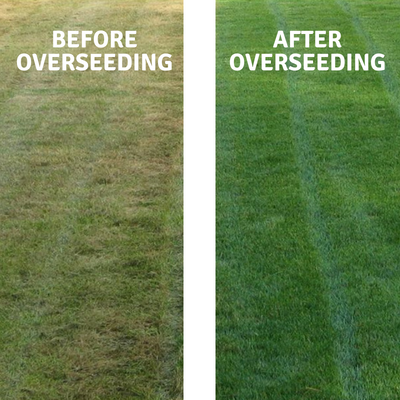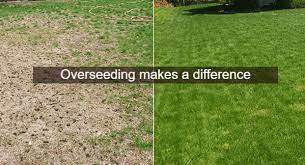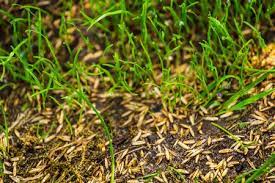Aeration
Lawn aeration is the process of removing plugs of grass and soil to ensure adequate water, air and nutrients can work their way into the ground and reach the roots. Basically, the idea is to punch holes and remove plugs from the turf to air it out. Aeration will prevent the lawn from becoming compacted. Compacted soils are quite common in our area. How do you determine if your soil is compacted? Check by simply pushing a standard size screw driver into the ground. If the surface is too hard to push all the way in to the handle, it is far too compacted and will greatly benefit from aeration. Aeration is best done in the spring or late summer/early fall. The process is completed using a machine called an aerator that perforates the lawn and pulls up plugs of turf. Core Aeration decompacts soil which encourages grass roots to grow deep in soil rather than staying in the top inch or two making your lawn less susceptible to excessive heat and fluctuations in moisture. The cores are left on the lawn to decompose-they return beneficial nutrients to your property. Core aeration will increase oxygen in the soil, facilitate rooting, improve water infiltration and will gradually reduce thatch over time.
This is a great time to overseed because much of your seed will drop into the holes the aerator makes which will give the seed great seed to soil contact and moisture retention, it also prevents rain or wind from moving your seed around. We have had the best result overseeding when done at the same time as aeration.
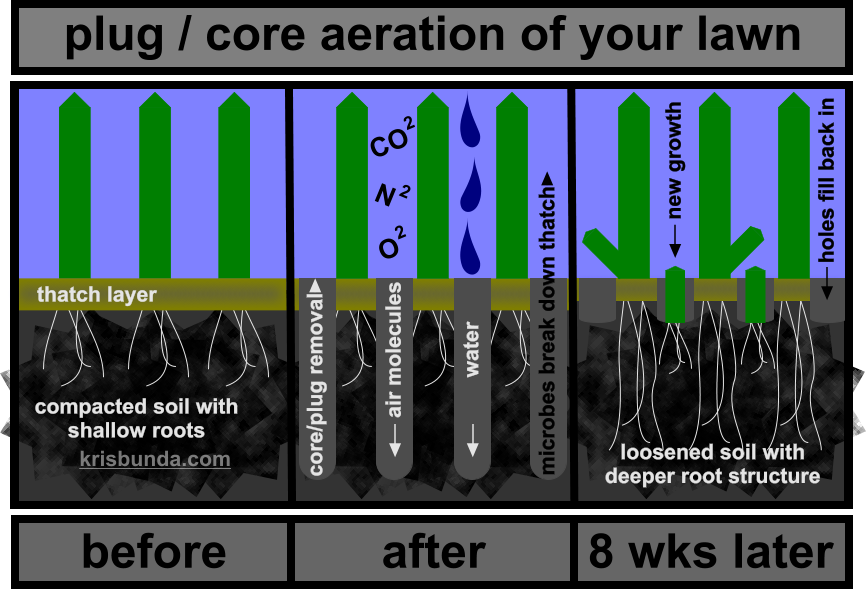
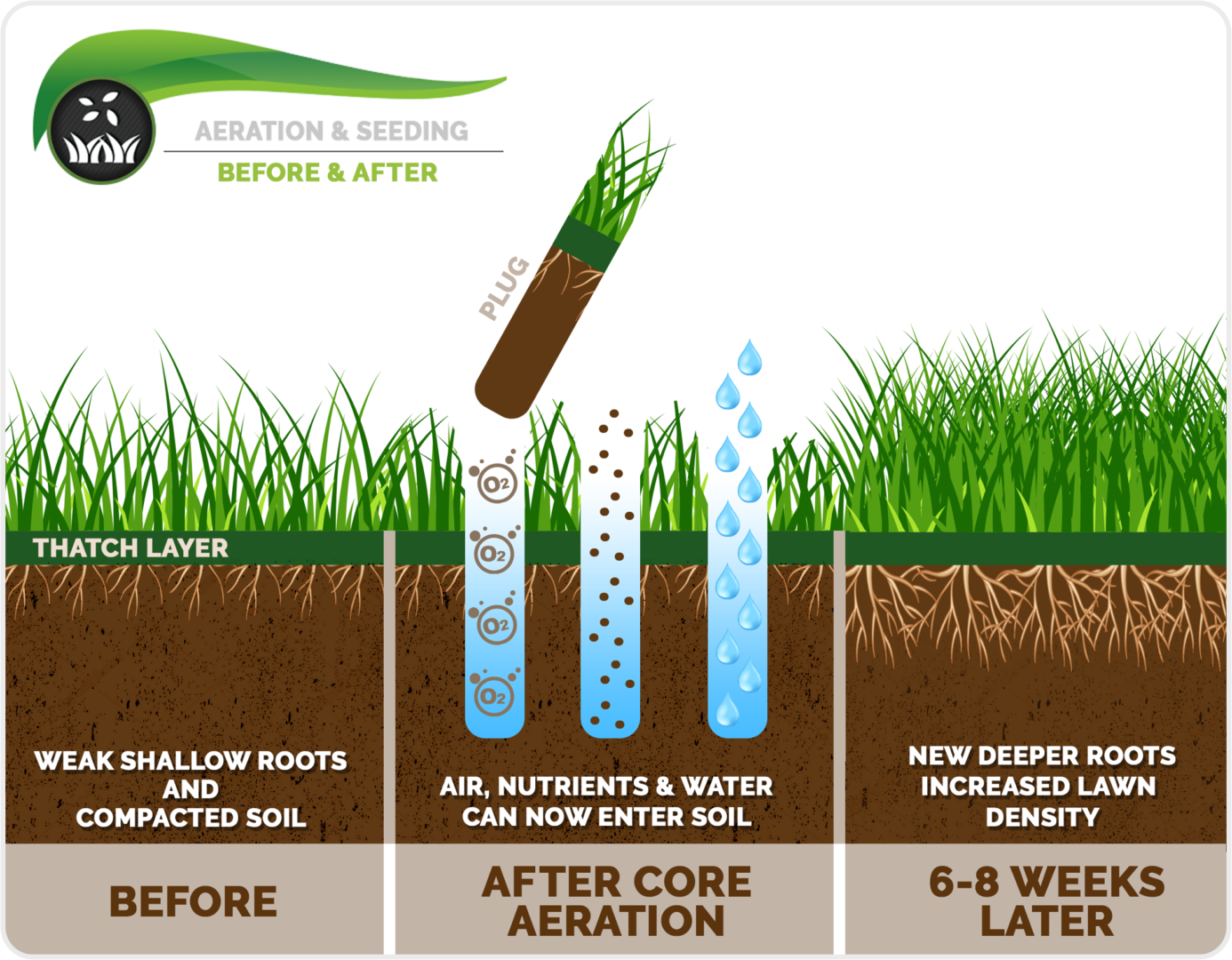
Overseeding
Is your lawn looking thinner than usual? Has it been over taken with weeds? Do you have large dead patches in your turf? Fall is the perfect time to overseed to restore your weak looking lawn and set yourself up for a great yard come spring.
It is also a great time to do after aeration, as it gives new seedlings favorable conditions in which to grow and mature. Cool season grasses grow best when air temps are in the 60’s – 70’s most of the time. Warm soil encourages seed germination, cool air stimulates growth and fluctuations in soil moisture aren’t as drastic. Overseeding needs to be done early enough in the season to give seeds the time to germinate, and, in turn, the seedlings the time to mature enough to survive winter. Ideally, in our area this is in August or September, but timing can vary season to season.
There are tons of benefits to overseeding your lawn. It will fill in turf damaged by summer stressors such as heat and drought. It thickens and increases the density of your lawn, thus improving the appearance of your yard. It strengthens your turf, enhancing its ability to fight against pest, weeds and disease.
